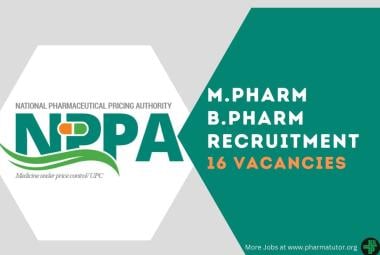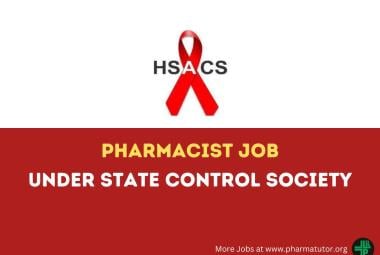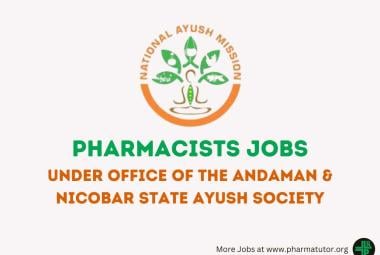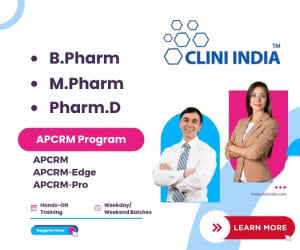NEWER ANTILEPTICS- NECESSITY OF LIMITED DOSAGE
About Authors:
A.Prameela Rani1, V.Hema2*
1University college of pharmaceutical sciences,
Acharya nagarjuna University, Guntur.
2*KVSR Siddhartha college of pharmaceutical sciences, Vijayawada.
*hemav_pharma@rediffmail.com
ABSTRACT:
Epilepsy is a disorder of CNS characterized by paroxysmal cerebral dysrhytmia, manifesting as brief episodes of loss or disturbance of consciousness with or without characteristic body movements, sensory or psychiatric phenomenon.
Some drugs such as felbamate, oxcarbazepine, gabapentin, zonisamide, topiramate and pregabalin before consumption their dose and dosage should be checked. All the drugs should be adjusted surely for their dosage especially in renal impairment patients. The present review is on serious effects due to overdosage of various newer anticonvulsants.



 About Authors:
About Authors:  About Authors:
About Authors: About Authors:
About Authors:  About Author:
About Author:







.png)

